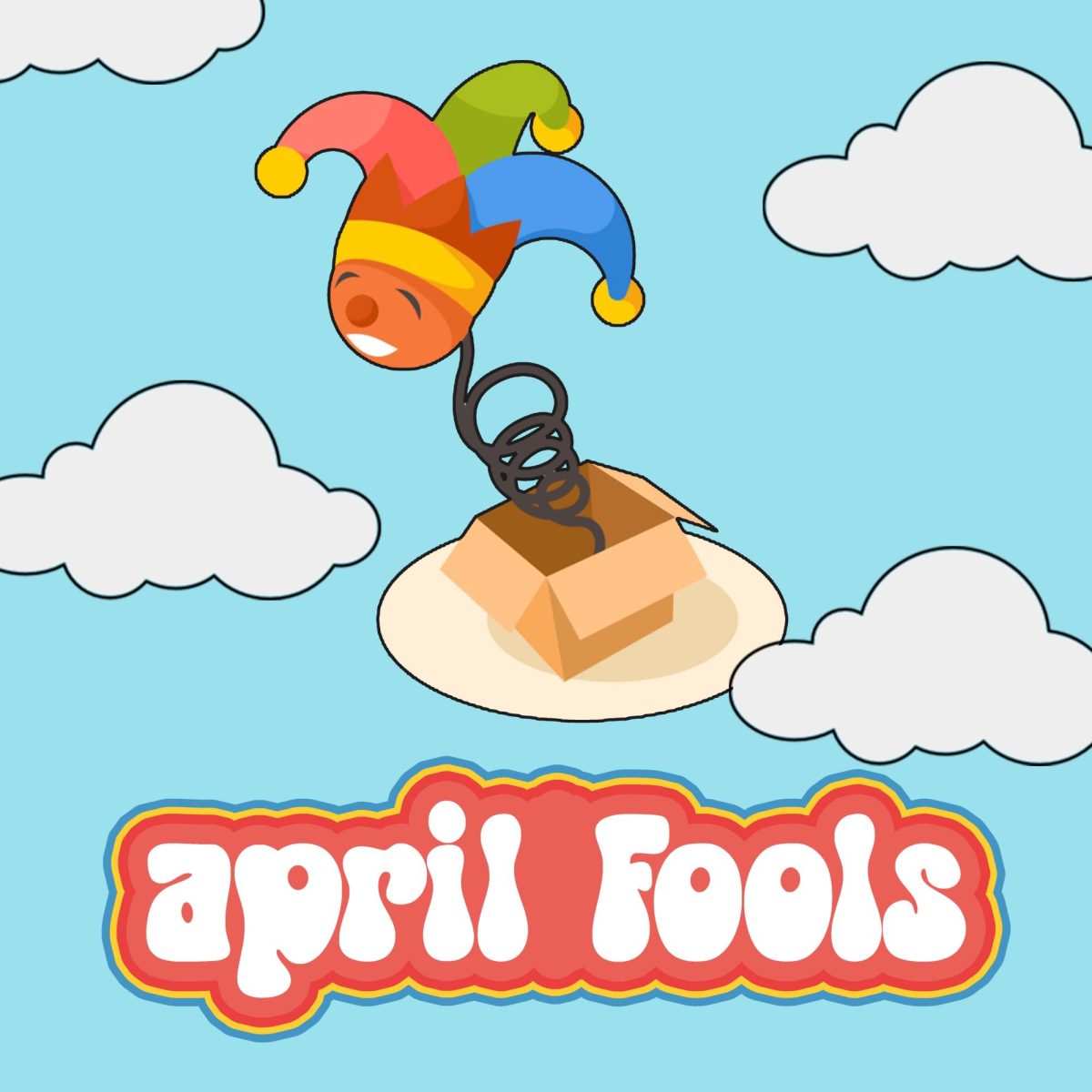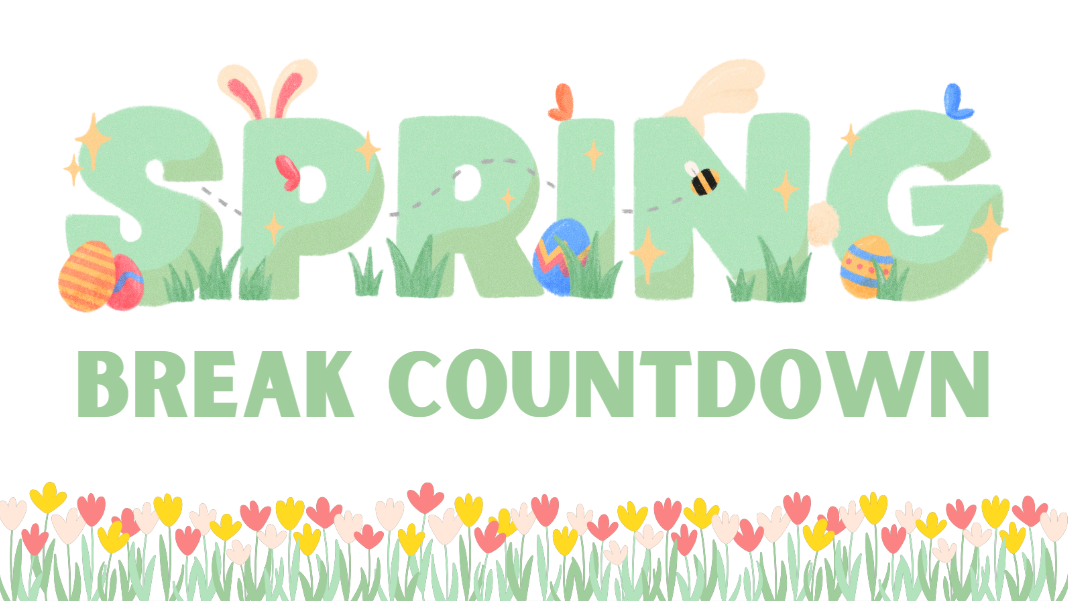April 1, also known as April Fools’ Day: the day when everyone becomes extra skeptical when coming across something seemingly out of the ordinary or hard to believe. This skepticism leads many to wonder, “How did this day of pranks and practical jokes start?”
According to Rutgers Today, the origins of April Fool’s dates back to the 1500s. During this time, the Julian calendar, established by Julius Caesar and beginning the year on April 1st, was replaced by the Gregorian calendar, introduced by Pope Gregory XIII, and started on January 1st. During this time, it was hard to get the word out, so while many were beginning the year on January 1st, others were still stuck in the past, starting their year on April 1st. Those who still did this were widely mocked as April Fools.
Spreading jokes and pranks has continued over the last 500 years. Ideally, the jokes are supposed to work best on people who ignore the calendar. Marvin Zephirin, a freshman at STA, shared that he tends to avoid playing April Fools’ Day jokes after his sister once fooled him into getting up to prepare for the school day at 8:00 PM at night! Another freshman, Nickarlens Dupervil, said that he once made his sister believe that Pennywise was real! “One time when my sister thought she was alone, I sneaked under the bed, tickled her feet a bit…came out with my clown mask, and then BAM! She was like AAARRRGGGHHH!”
As stated by Toyota of Newport, some other unknown facts about April Fools’ Day include:
- The exact place of origin of April Fools’ Day is believed to be in France.
- The first prank was recorded on April 1, 1698, when a London newspaper published a humorous story stating that the moon was visible from the earth.
- A recent study shows that 45% of adults find April Fool’s pranks amusing, while the other 47% find them annoying!










